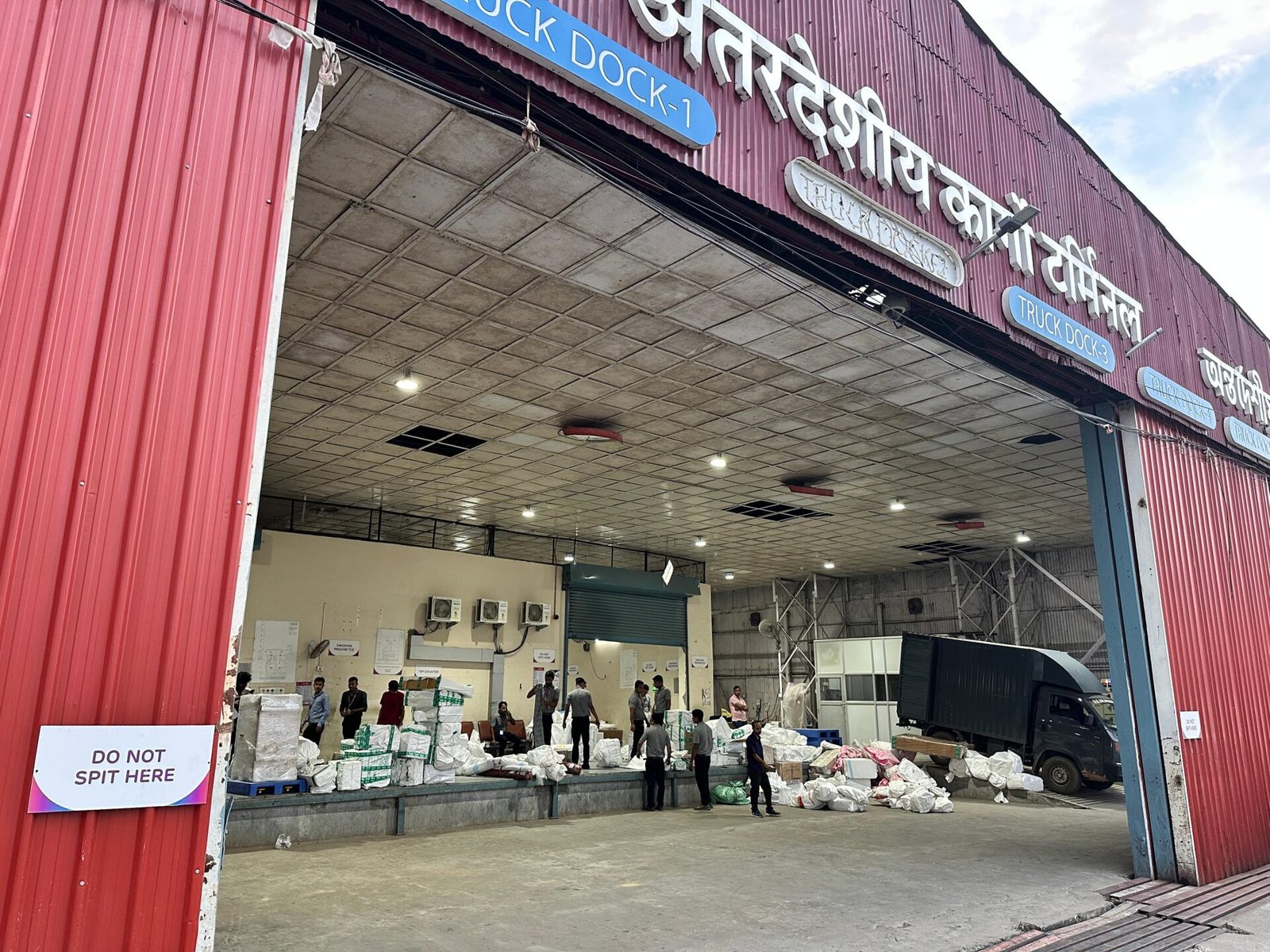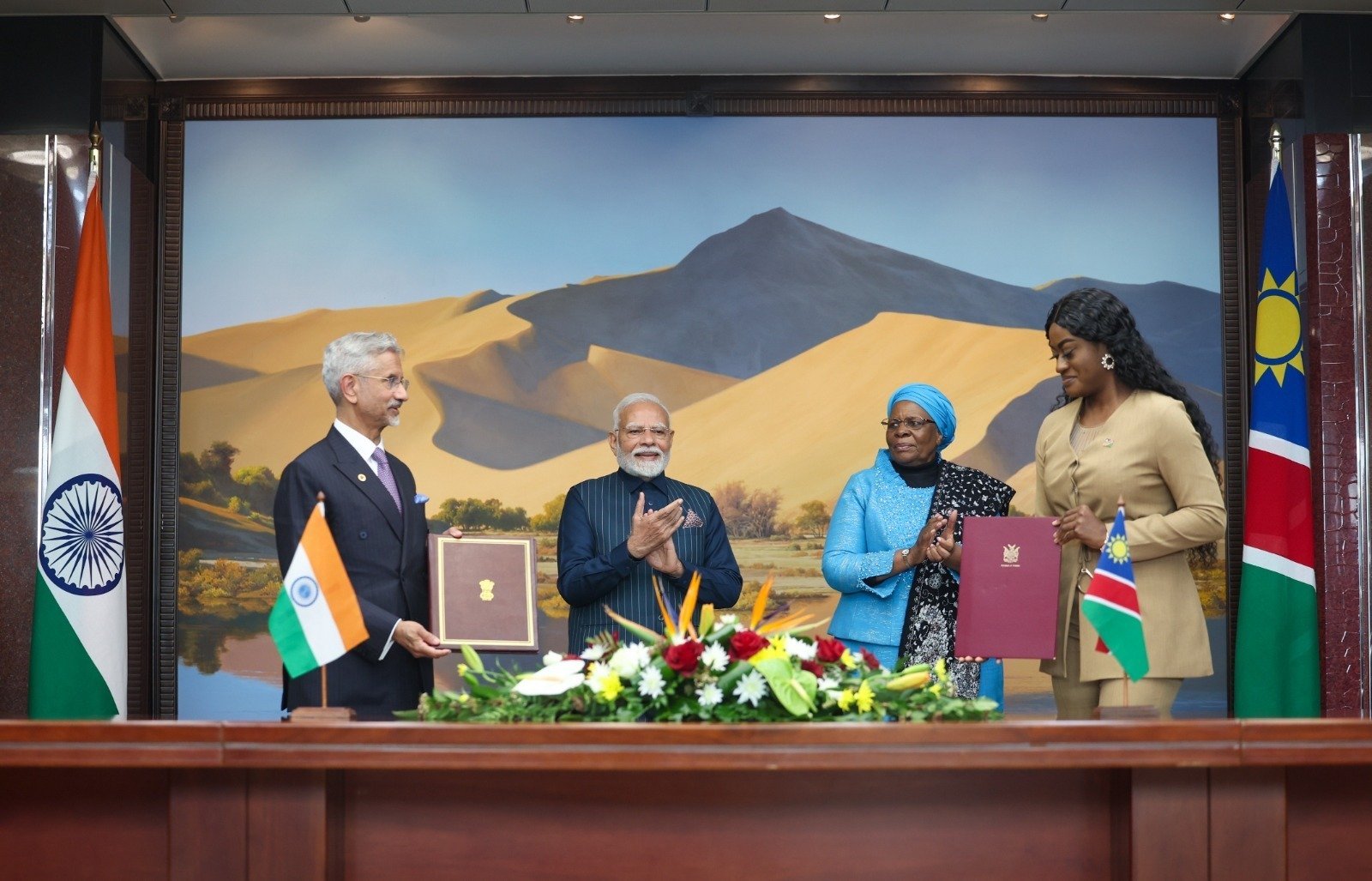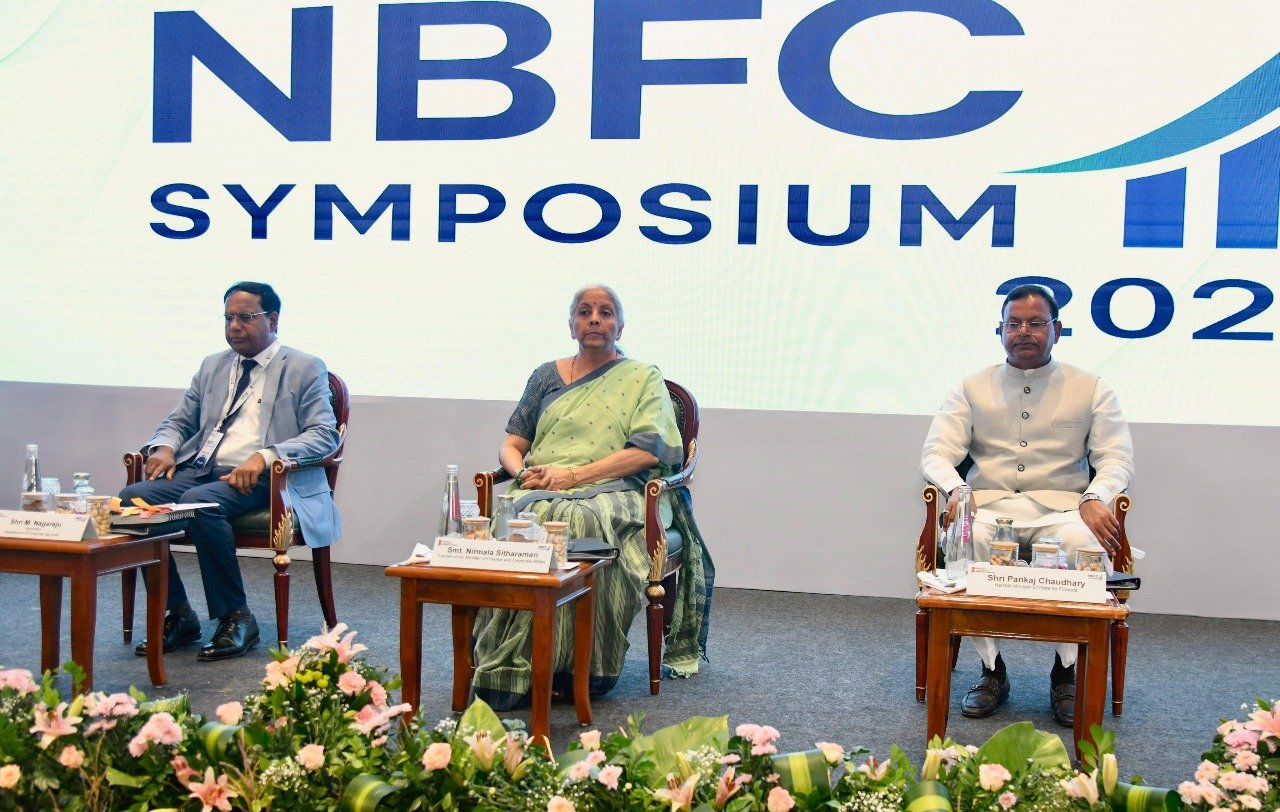Author: ReutersFri, 2017-03-17ID: 1489688714284259300SHANGHAI: China’s central bank raised short-term interest rates on Thursday in what economists said was a bid to stave off capital outflows and keep the yuan currency stable after the Federal Reserve raised US rates overnight.The increase in short-term rates was China’s third in as many months, and came a day after the end of the annual session of parliament where leaders warned that tackling risks from a rapid build-up in debt would be a top policy priority this year.Hours earlier, the Fed raised its benchmark policy rate, as had been widely expected, and signalled more hikes were on the way as the US economy picks up steam.“The timing says it all. China is no longer insulated from the Fed and, more generally, from international financial conditions,” said Alicia Garcia Herrero, chief Asia Pacific economist at Natixis.Some analysts had expected another money market rate rise as China looks to contain risks from years of debt-fueled stimulus and make it more costly for speculators to bet against the yuan.“The higher US rates and tightening of US monetary policy could trigger further capital outflows and have some negative impact on China’s financial system,” Nomura economist Yang Zhao said.“I think they want to stabilize the currency at this time.”The People’s Bank of China (PBOC) also strengthened the yuan’s daily mid-point reference rate by the most in about two months on Thursday.The yuan fell 6.5 percent against the dollar last year in the face of dollar strength and uncertainty over China’s economy, prompting the government to clamp down on capital outflows to ease a drain on its foreign exchange reserves.The yuan has been largely stable this year as the dollar has paused, but China’s government has remained alert as many market watchers expect the dollar will eventually resume its climb.The latest moves reflected the central bank’s desire to maintain relatively high yuan rates, increasing the cost of shorting the yuan, and easing depreciation pressure, Zhou Hao, emerging markets economist at Commerzbank, said in a note.Stronger economy giving policymakers more roomAfter years of super-loose policy, the PBOC has cautiously shifted to a modest tightening bias in recent months, though it is treading cautiously to avoid hurting growth.The economy is on more solid footing now than early last year, giving policymakers more room to push through reforms.PBOC Governor Zhou Xiaochuan said on Friday that China’s corporate debt levels are too high but stressed it will take time to bring them down to more manageable levels.In keeping with that cautious tone, most of the increases on Thursday were a very modest 10 basis points (bps), or a tenth of a percentage point, the same as moves in various short- and mid-term policy instruments in January and February.The rate on open market operation reverse repos for seven-day, 14-day and 28-day tenors was bumped up for the second time in six weeks, to 2.45 percent, 2.60 percent and 2.75 percent, respectively.The PBOC insisted the moves did not indicate a change in its monetary policy or constitute a hike in its benchmark policy rate, although some economists say the seven-day reverse repurchase rate has become a de facto policy rate.Flexibility in rates is favorable for deleveraging, “deflating bubbles” and risk prevention, it said.China’s banks tend to rely heavily on short-term, interbank lending, which connect strong banks with weaker counterparts and shadowy lenders. The PBOC has been allowing repo rates to rise since late 2016 by adjusting the amount of funds it injects.London-based Capital Economics has forecast the seven-day rate would end the year at 3 percent, which would mean a further rise of 55 basis points.ANZ expected that rate to rise to 2.65 percent by year-end, saying “there is now a tendency for the PBOC to partially follow the Fed” and seeing another 50 bps of US rate rises.The weighted average rate for the seven-day reverse repo rose to 2.6654 percent, from Wednesday’s 2.5697 percent.Short and mid-term loan rates also raisedThe PBOC also raised the borrowing rate on its medium-term lending facility (MLF) loans to 3.05 percent and 3.20 percent, respectively, after a similar move in late January. The MLF is a supplementary policy tool it uses to manage liquidity conditions in the banking system and money markets.Sources said the PBOC also raised rates on its standing lending facility (SLF) short-term loans later in the day.The rate for overnight SLF loans will be raised 20 bps to 3.30 percent, while rates for 7-day and one-month loans will be increased by 10 bps each to 3.45 percent and 3.80 percent, respectively, sources said. The PBOC had no immediate comment.The central bank also injected a large amount of fresh funds into the financial system to maintain liquidity.It lent 113.5 billion yuan ($16.47 billion) of six-month MLF loans and 189.5 billion yuan of one-year MLF loans to 17 financial institutions on Thursday.“(The market) does not need to over-interpret the amount and price of each operation,” the PBOC said. “Changes in rates are normal and do not indicate a change in direction for monetary policy.”China has cut its economic growth target to around 6.5 percent this year as leaders pledge to push through painful reforms to address high debt levels and erect a “firewall” against financial risks.Economists polled by Reuters earlier this year expected China would keep its benchmark lending rate steady through at least the second quarter of 2018.
Main category: Business & Economy








